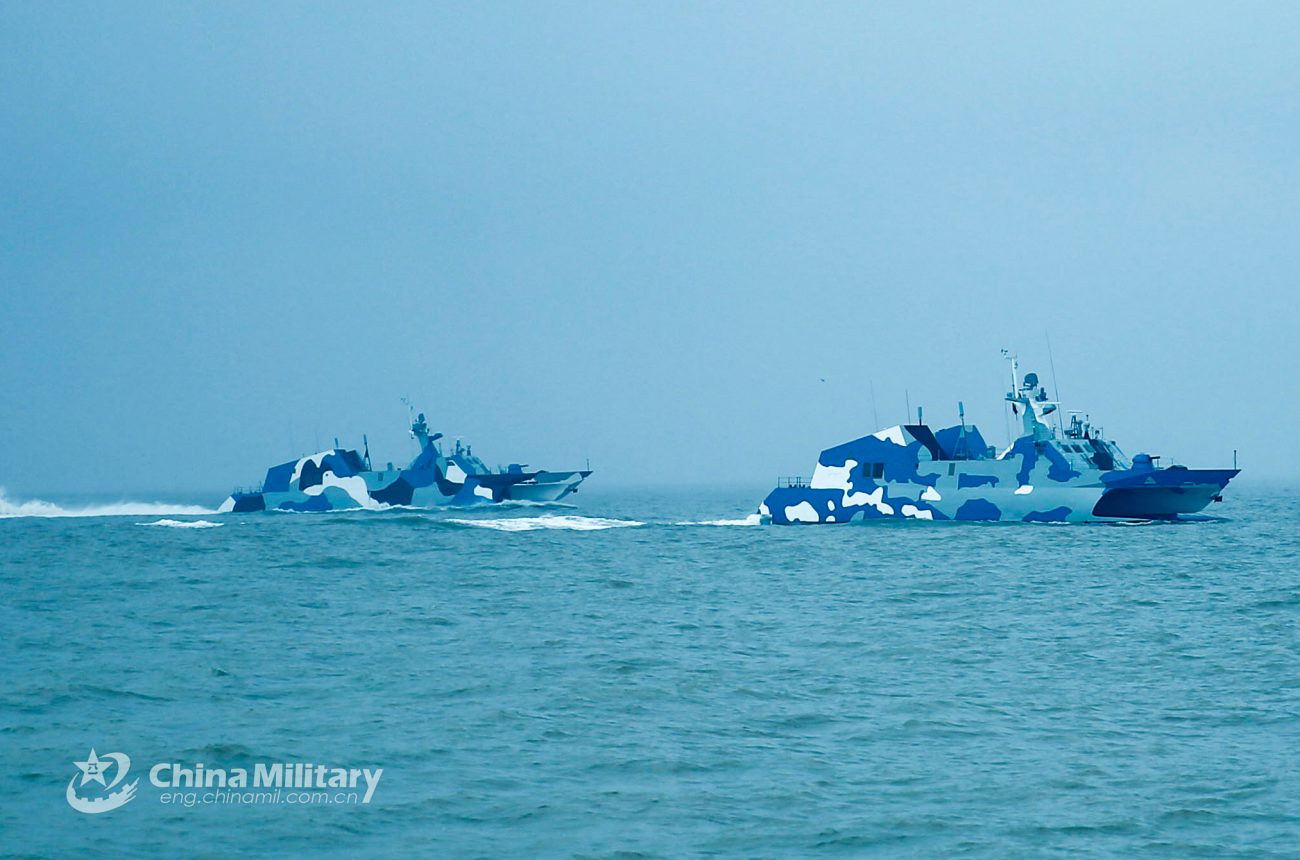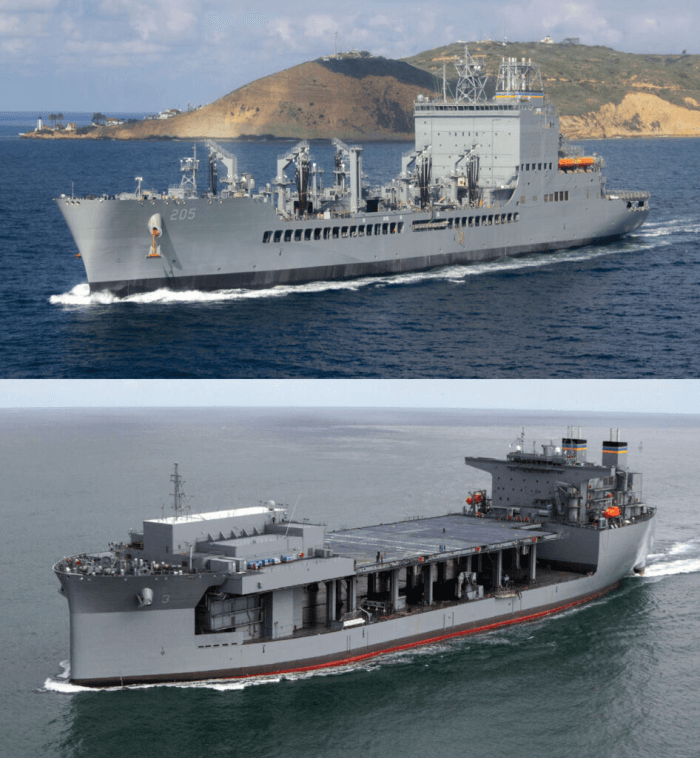The old saying goes that ‘practice makes perfect,’ but at Rim of the Pacific (RIMPAC) 2022, practice makes capable, adaptive partners of Sailors and service members from around the world.
The largest international maritime exercise in the world, RIMPAC gives participants a unique training opportunity while building cooperative relationships amongst countries. These relationships are crucial to ensuring the safety of sea lanes and security throughout the world’s oceans. Through the formation of a combined international force, RIMPAC also enhances interoperability across the full spectrum of military operations in the maritime environment.
Building relationships
As part of the shore-based activities this year, Navy Reserve Sailors assigned to Reserve Naval Mobile Construction Battalion (NMCB) 22 Seabees joined forces with U.S. Marines and Republic of Korea (ROK) Navy Sailors for several projects on bases around Oahu, ranging from pouring concrete to removing and rebuilding a stairway for safe beach access.
“As Seabees, we’re called to build all over the world, and RIMPAC goes a long way in creating trust,” said Equipment Operator 1st Class Richard “Tyler” Rack, from Houston, Texas, assigned to NMCB 22, Detachment 3222. “If we had to go to the Republic of Korea or work with them somewhere, we’ve already established familiarity and a working relationship.”
Such familiarity can be as simple as recognizing uniforms from different countries to understanding some of their cultural norms and expectations. It can also pave the way for lasting connections between Sailors and other nations’ service members.
“The good thing about working with partner nations is that you build a bond and a relationship with them by showing them how to use different tools and techniques, and showing them that you trust them,” said Steel Worker 3rd Class Alan Hopkins, of Houston, Texas, assigned to NMCB 22, Detachment 3222.
By working together and developing mutual trust, American troops and partner nation service members improve their overall knowledge and capabilities.
“I like the experience,” said Hopkins. “[Partner nations] have different ideas and techniques, so the good thing about RIMPAC is that they can come here and show us how they do things.”
The language barrier, however, can prove challenging for some RIMPAC participants.
“A big challenge for us has been having different languages,” Rack said. “Fortunately, America is a diverse nation with many languages, and we have a Sailor in our detachment who speaks Korean. They were able to translate for us, which was so cool.”
Along with having bilingual team members, participants adapted using translation apps, and sometimes even resorted to simple gestures to make their point. Despite the language barrier, U.S. and ROK Sailors were able to come together for their builds.
“Although the language is different, it seems like we can relate to each other and that’s good,” said ROK Navy Sgt. Major Seougju Yun, assigned to ROK Naval Mobile Construction Squadron 59. “It is very rewarding to see coworkers accomplishing projects. I think that training together can help us be good partners, even in an emergency.”
Warfighting readiness
RIMPAC provides Navy Reserve Sailors—who must be ready to mobilize within 72 hours—the opportunity to train to their billet in line with the Chief of Navy Reserve’s Navy Reserve Fighting Instructions.
The Fighting Instructions outline four lines of effort to modernize the force: design, train, mobilize, and develop. The “Train the Force” line of effort, also called, “Mob-to-Billet,” advocates for Sailors to focus on completing the warfighting requirements of their mobilization billet, in addition to readiness requirements.
“The RIMPAC experience would absolutely help me be able to mobilize within three days,” said Hopkins. “I can show up and already have some experience working with other nations in a joint [forces] situation, and that’ll be helpful in case I have to go to another country.”
RIMPAC is also opportunity for Reserve Sailors to be part of a working unit.
“As a Reserve Sailor, my favorite aspect of RIMPAC is to be back in a team environment with a common mission to accomplish,” said Rack. “In my experience, in the civilian sector, you cannot find such a deep level of camaraderie.”
Coupled with the fact that many Navy Reserve Sailors have civilian careers different than their Navy specialty, their ability to quickly integrate and adapt to any working environment is impressive.
“It amazes me when I show up to a construction project and witness so many of my [Navy Reserve] shipmates, who are very good at their respective rates—for example, as carpenters or equipment operators—and then you ask them what they do on the civilian side, it’s something totally different and yet, they know construction,” said Rack. “They’re teachers, bankers, fitness coaches, and business owners. You might never expect that.”
Warfighting readiness and interoperability may be the overall mission of RIMPAC, but the most memorable for most participants is the continued international camaraderie.
“The friendships that we have built during harbor phase will lead to lifelong partnerships,” said Vice. Adm. Michael Boyle, U.S. 3rd Fleet commander, who serves as the RIMPAC Combined Task Force commander. “Having a friend that you can call when you need help, that you already know their name, you already know their capability, you already have a rapport—is what RIMPAC is all about.”
Twenty-six nations, 38 ships, four submarines, more than 170 aircraft and 25,000 personnel participated in RIMPAC in and around the Hawaiian Islands and Southern California from June 29 to Aug. 4. For health safety reasons, this is the first full-scale RIMPAC exercise since the start of the COVID-19 pandemic. RIMPAC 2022 is the 28th exercise in the series that began in 1971.
Source:https://maritimefairtrade.org/rimpac-2022-building-relationships-and-warfighting-readiness/







